Choroszcz
7.44
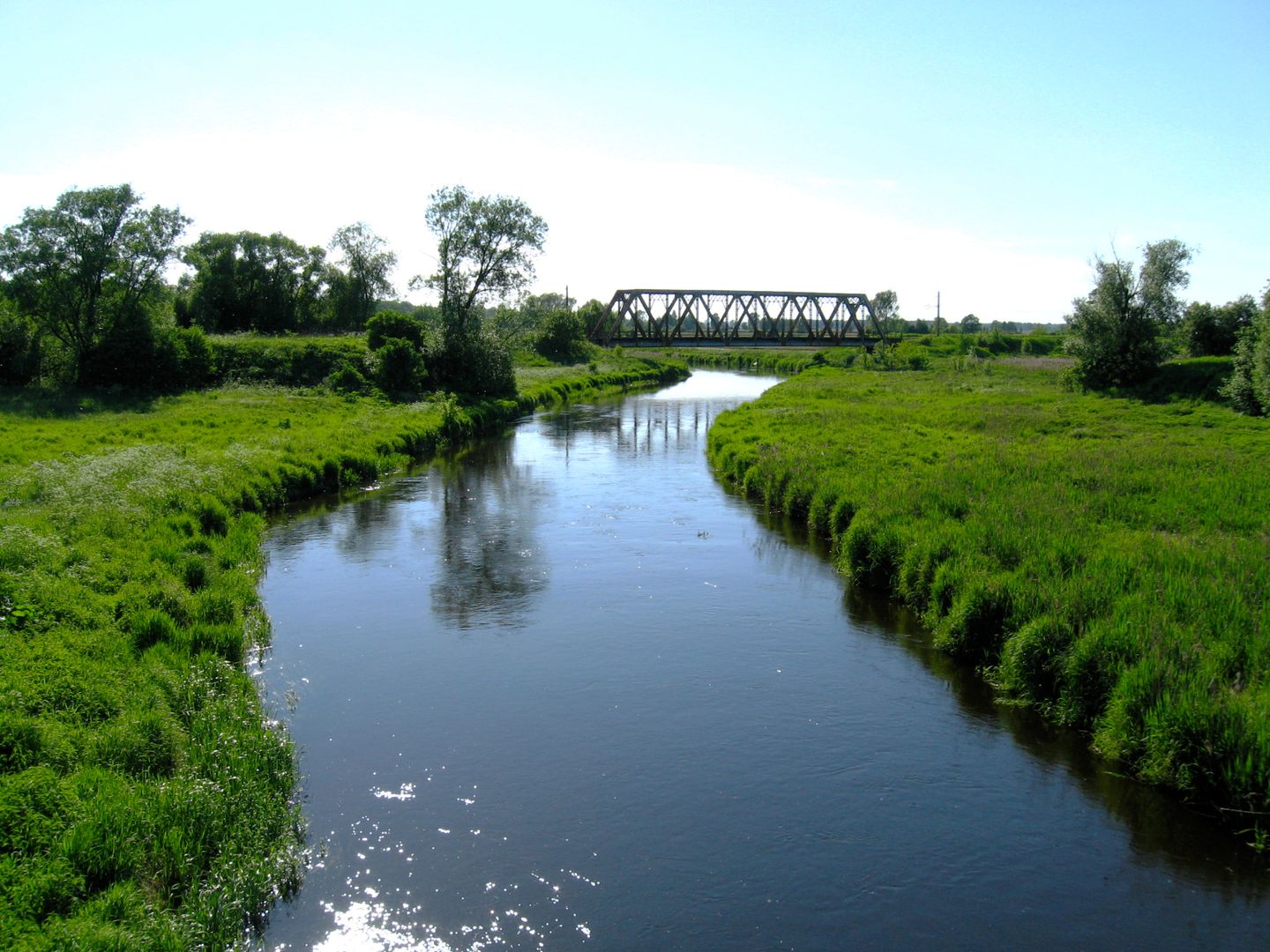
Overview
The Choroszcz Commune, located in the Podlaskie Voivodeship, has a long and complex history, with roots dating back to the years 1919–1939 and later, after World War II, from 1944 to 1954, before being finally reestablished in 1973. For many years, the commune's seat was in Barszczewo, and it is now located in Choroszcz. During the interwar period, Choroszcz was part of the Białystok County, and in 1921 the commune included numerous villages, reflecting the ethnic and religious diversity of its inhabitants – the majority were Catholic, but there were also Orthodox, Evangelical, and Jewish communities. In 1933, a division into gromadas (small administrative units) was introduced as part of organizational and administrative reforms.
After World War II, the commune was restored to its prewar form, in line with the reestablishment of traditional voivodeship and county structures. As a result of the 1954 reform, the Choroszcz Commune was abolished, and its territory was incorporated into other administrative units. However, in 1973, the commune was reinstated, and its current administrative structure includes numerous village councils (sołectwa). The commune covers an area of 163.5 km², with agricultural land dominating, underscoring its rural character. The area also features a road network, including a section of the S8 expressway, which improves transportation and access to Białystok.
An interesting fact is that the commune is characterized by a diversity of village councils and local cultural initiatives, contributing to a rich social life. In 2021, the commune had nearly 16,000 inhabitants, demonstrating its dynamic development. Thanks to its location, Choroszcz is an important point on the map of the Podlaskie Voivodeship, and its history and culture remain alive through local traditions and contemporary projects that bring residents together and promote local heritage.
Location
You can also find here:
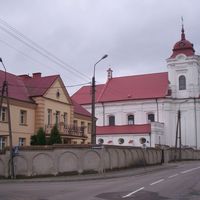
The Parish of St. John the Baptist and St. Stephen in Choroszcz
7.1
Hajnówka Deanery
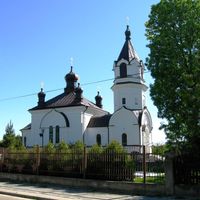
Church of the Protection of the Mother of God in Choroszcz
7.01
Hajnówka Deanery
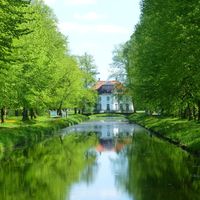
The Museum of Palace Interiors in Choroszcz
6.85
Hajnówka Deanery
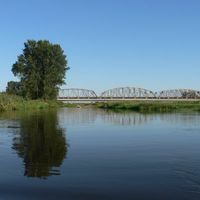
Narew National Park
6.82
Hajnówka Deanery
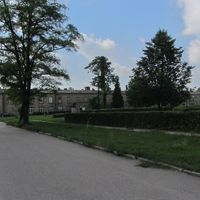
Choroszcz
6.79
Hajnówka Deanery
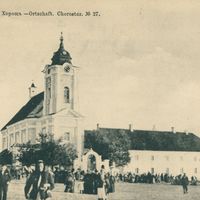
Church and Dominican Monastery in Choroszcz
6.72
Hajnówka Deanery
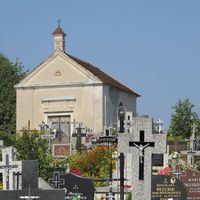
St. Anthony of Padua Parish in Niewodnica Kościelna
6.69
Białystok

Jewish cemetery in Choroszcz
6.22
Hajnówka Deanery
2025 Wizytor | All Rights Reserved